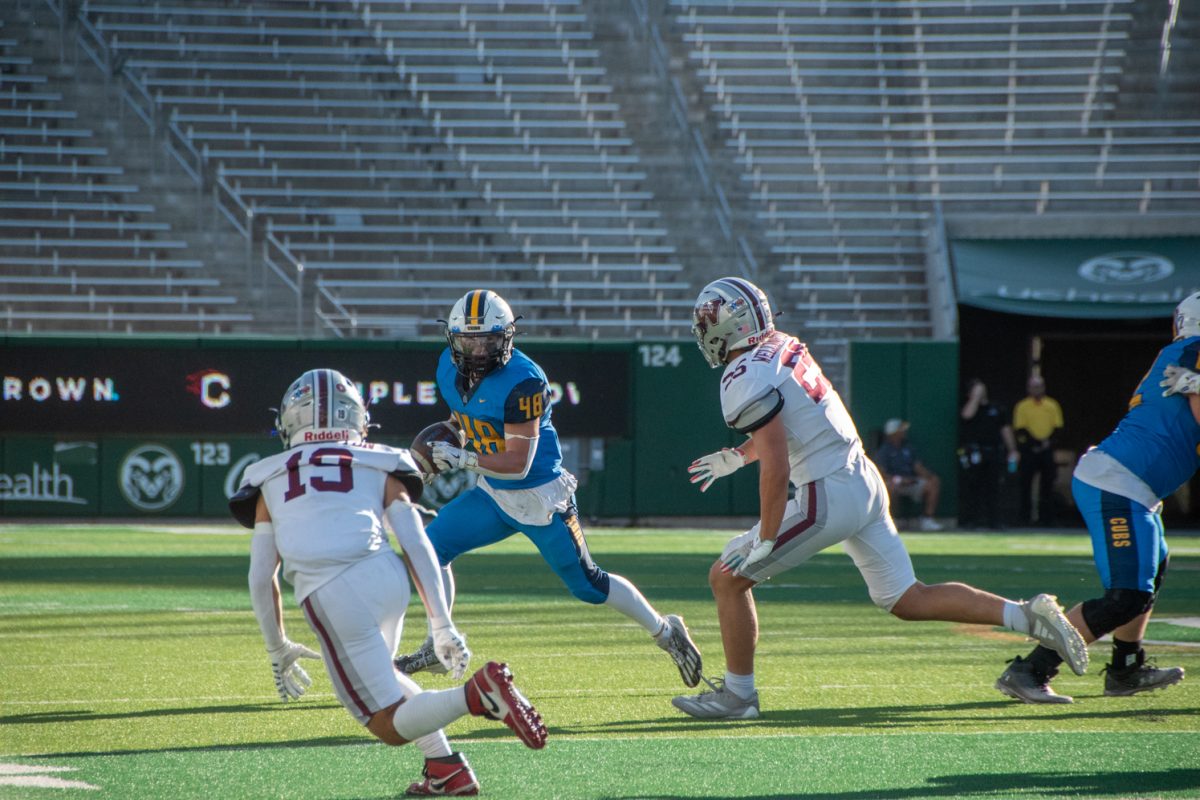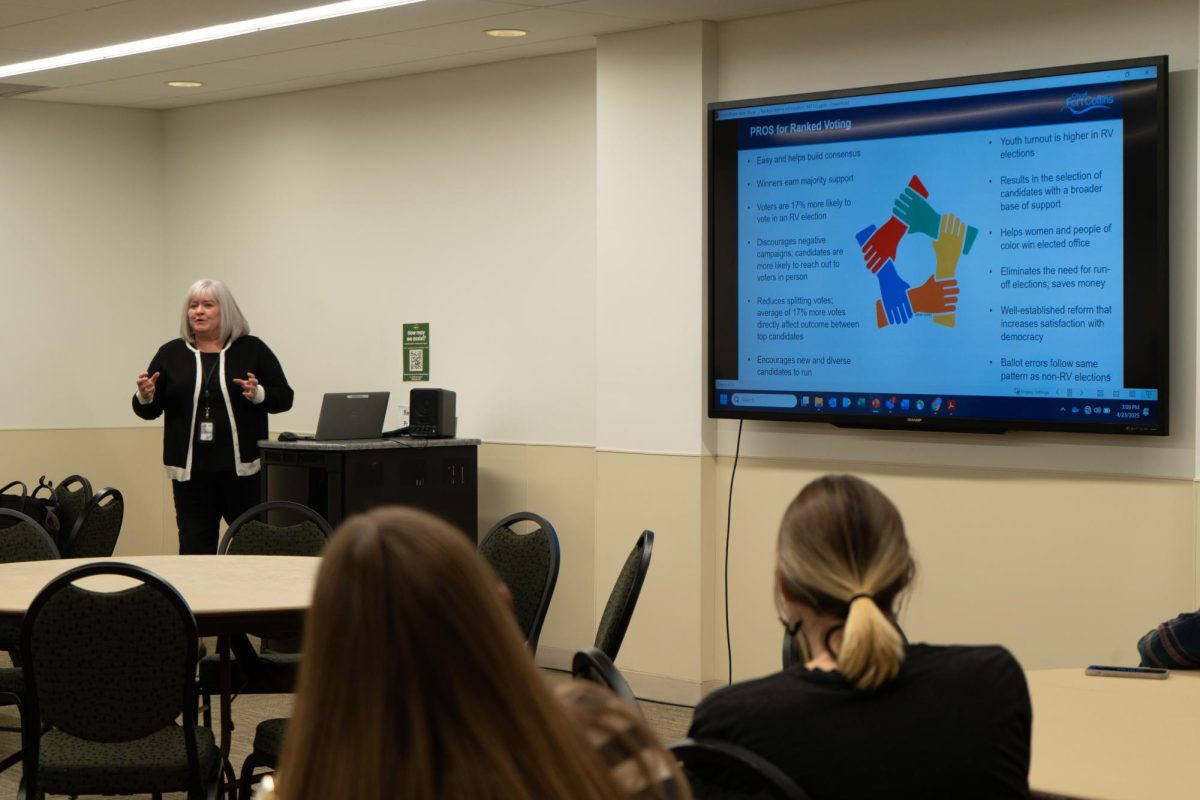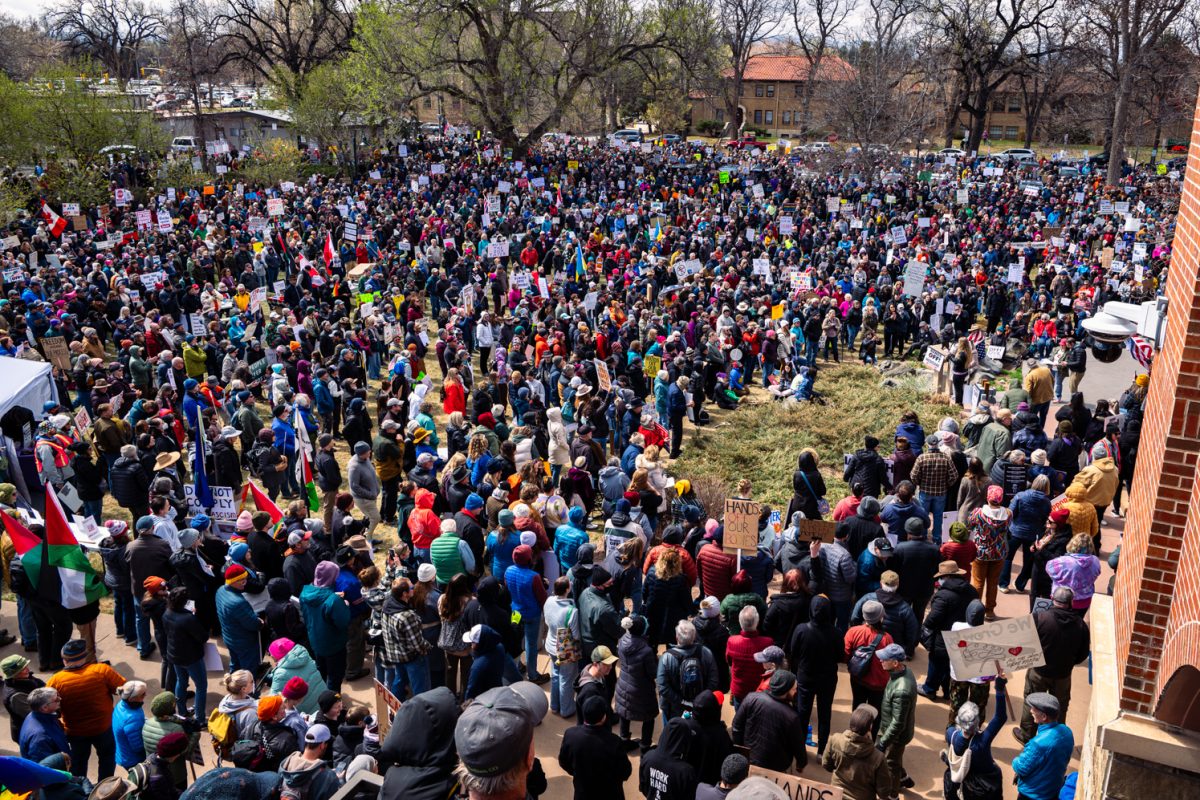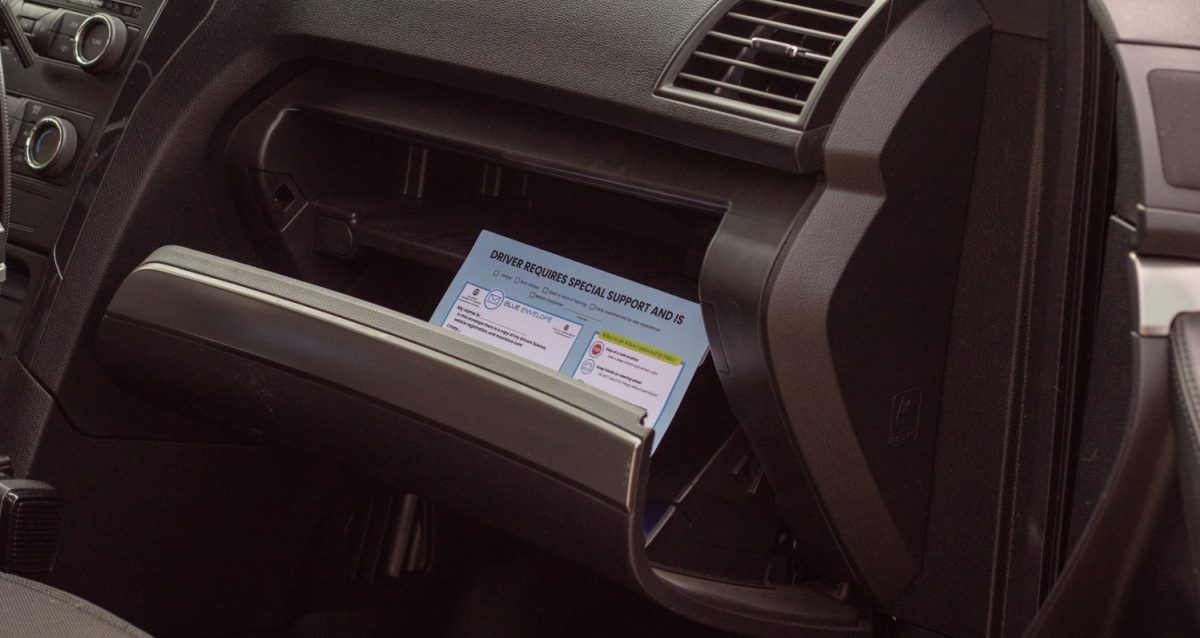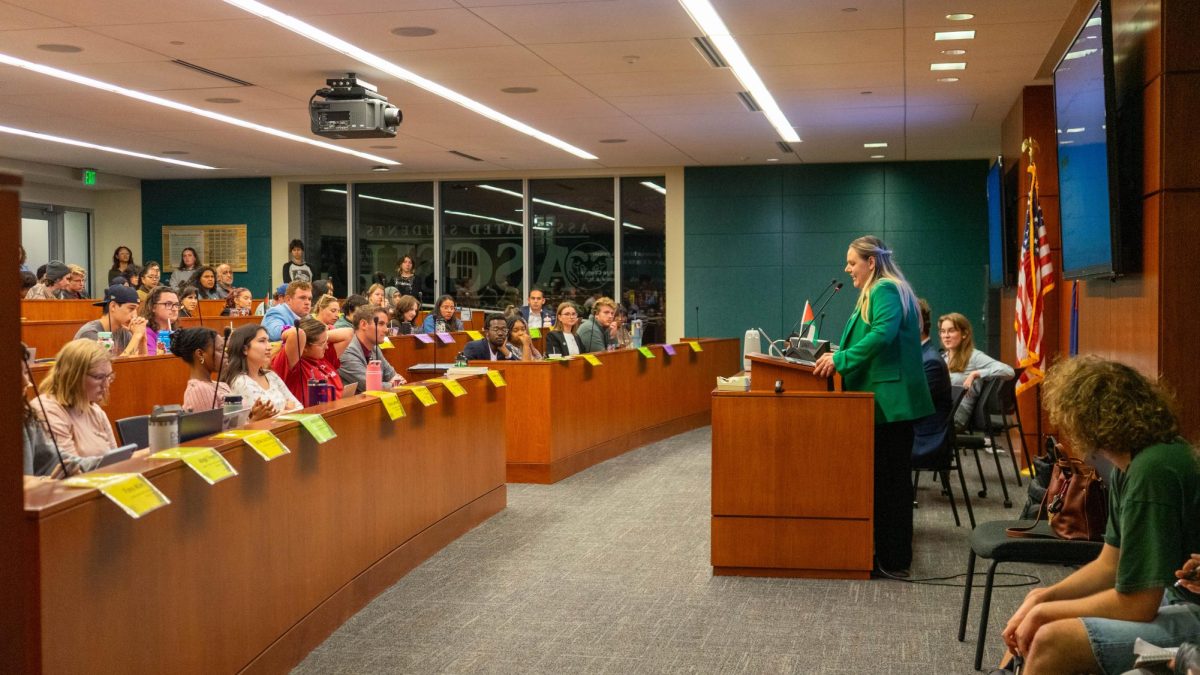Fort Collins is expected to gain 50,000 to 80,000 residents in the next 20 to 30 years, and they will all live inside Legos.
Or actually, the housing the Legos represent.
Community members from around the city gathered in the Fort Collins Senior Center to play a city planning game, where they used different colored Legos, each representing a different type of housing, to decide where new community members might live in the future.
The game was developed by Colorado State University’s Center for Public Deliberation, in partnership with the City of Fort Collins, to get people thinking about the city’s housing problem in an interesting way.
“What we do with (CPD) is a way to do things differently, to get people to communicate in ways that they don’t always get to and they’re not used to, but that can turn out to be pretty organic,” said Kalie McMonagle, CPD program coordinator.
The game went through several test trials before its debut Thursday evening.
Its rules were simple: decide a mix of housing types, make sure there is enough housing for 70,000 people and place the housing. Due to current ratios of housing types, single-family homes were not allowed to exceed 50 percent of total new buildings.
Pre-registered event goers were split into several table groups of four to six, each with a CPD facilitator who helped moderate the discussions and run the game.
After a brief introduction from Ryan Mounce, project manager from City Planning, teams began discussing what kind of housing they wanted and why.
Groups could choose from six different types of housing: accessory dwelling units, single-family houses, small multifamily buildings, townhouses, medium multifamily buildings and large multifamily buildings. They differed in size, population density and aesthetic, all qualities groups considered when making their mix.
Community member Matthew Scott compared the growth of Fort Collins to that of Los Angeles where he grew up.
“(If) you fly into L.A. now, it’s a concrete slab,” Scott said. “They built a lot of single-family homes, and there was no sense of thought toward sustainability or trying to create usable space … they just built things. My fear is to see that happen here.”
Scott’s group ended up with a mix of predominantly townhouses and single-family homes, but also several multifamily buildings.
During the placement portion of the game, groups were given maps of the city which showed areas still open for development. Groups could also place new buildings in already developed areas with the knowledge that it would require redevelopment of the space. That meant players had to have a decent knowledge of the city layout.
At the end of the game, players reflected on the factors they had to, or failed to, consider throughout the game.
David Graham, a city resident also in Scott’s group, talked about the complications an inefficient public transportation system meant for a quickly growing city.
“If I want to go from (one street) up (a couple blocks), I have to go all the way around (on the circular bus route),” Graham said.
Graham suggested more frequent bus stops, a MAX system down Harmony using the existing bike paths and maybe driverless buses in the future.
At the end of the event, McMonagle said she was very happy with the event turnout.
“I loved seeing people standing up, talking, and it’s not often that you’re at, like, a city council meeting that you hear people laughing,” McMonagle said. “And that, I think, is one of the most fun parts about ‘gamifying’ something like this, is actually getting people engaged in their community in a way that feels good, because so much of politics right now doesn’t feel good.”
Collegian reporter Samantha Ye can be reached at news@collegian.com or on Twitter @samxye4.



